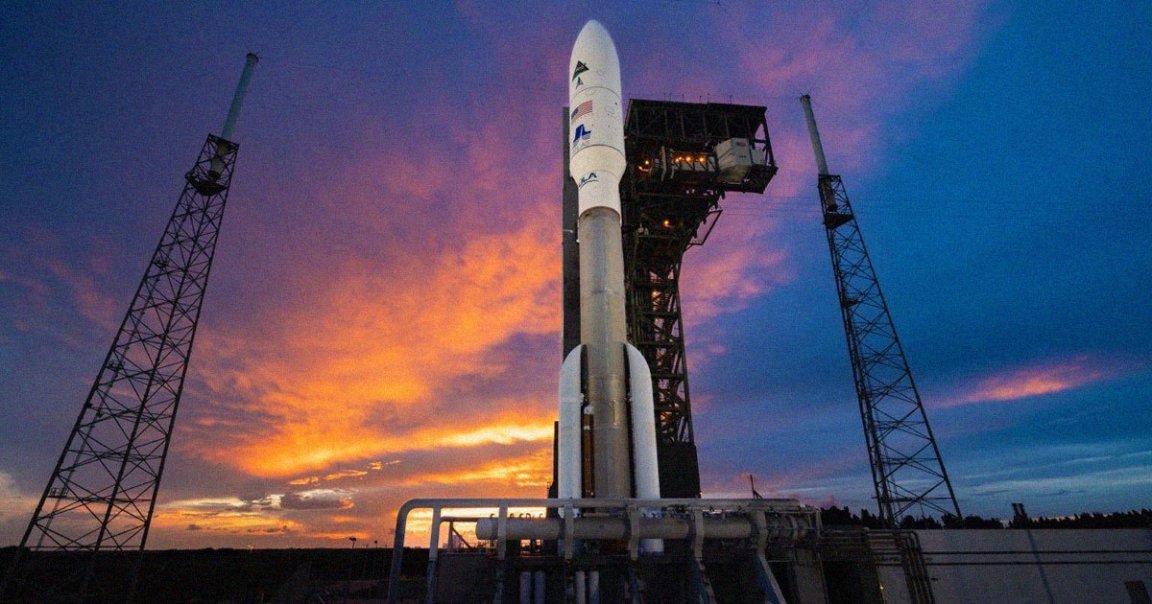
Payload
The US Space Force blasted a rocket into space on Sunday, loaded with American spy satellites whose mission is to do reconnaissance work on any adversarial assets that could pose a threat in outer space, according to CBS News.
The satellites were part of a top-secret National Reconnaissance Office (NRO) payload that was launched from Cape Canaveral in Florida atop a United Launch Alliance Atlas 5 rocket.
Their destination is a high-altitude geosynchronous orbit, which is conventionally used by military and weather satellites, allowing them to maintain exactly the same position in the sky.
“The idea of the mission is to put a satellite in geosynchronous orbit, and then to be looking at that orbital regime and get a sense of what’s happening day to day,” NRO Director Chris Scolese told CBS News. “We also want to know if there is something going on that is unexpected, or shouldn’t be going on that could potentially represent a threat to a high-value asset, either ours or one of our allies.”
The rocket launch is emblematic of fierce competition among world powers to stamp dominion in the realm with spy spacecraft and other assets. Both Russia and China are also rumored to be working on anti-satellite technologies, raising concerns amongst Space Force officials.
Silent Barker
Though much of the rocket’s payload and its mission are classified, Space Force representatives made a point to say publicly that the satellites are designed to give them a better view in the “geo belt,” a region more than 22,000 miles above the planet’s equator, as part of a secretive mission called “Silent Barker.”
“A huge element of deterrence is the ability for the adversary to know what we can and cannot see,” Commander of Space Systems Command for Space Force Michael Guetlein told CBS News. “So we actually want our competitors to know that we have eyes in geo, that we can see what’s happening.”
“Not only are we going to maintain the custody and the ability to detect what’s going on in geo, but we’ll have the indications and warnings to know there’s something out of the normal occurring,” he added. “And that goes a long way towards deterrence.”
More satellites will join the existing ones as part of a follow-up mission, according to CBS News. Government agencies are aiming for the spy spacecraft system to be fully online by 2026, no doubt ratcheting up the arms race in orbit.